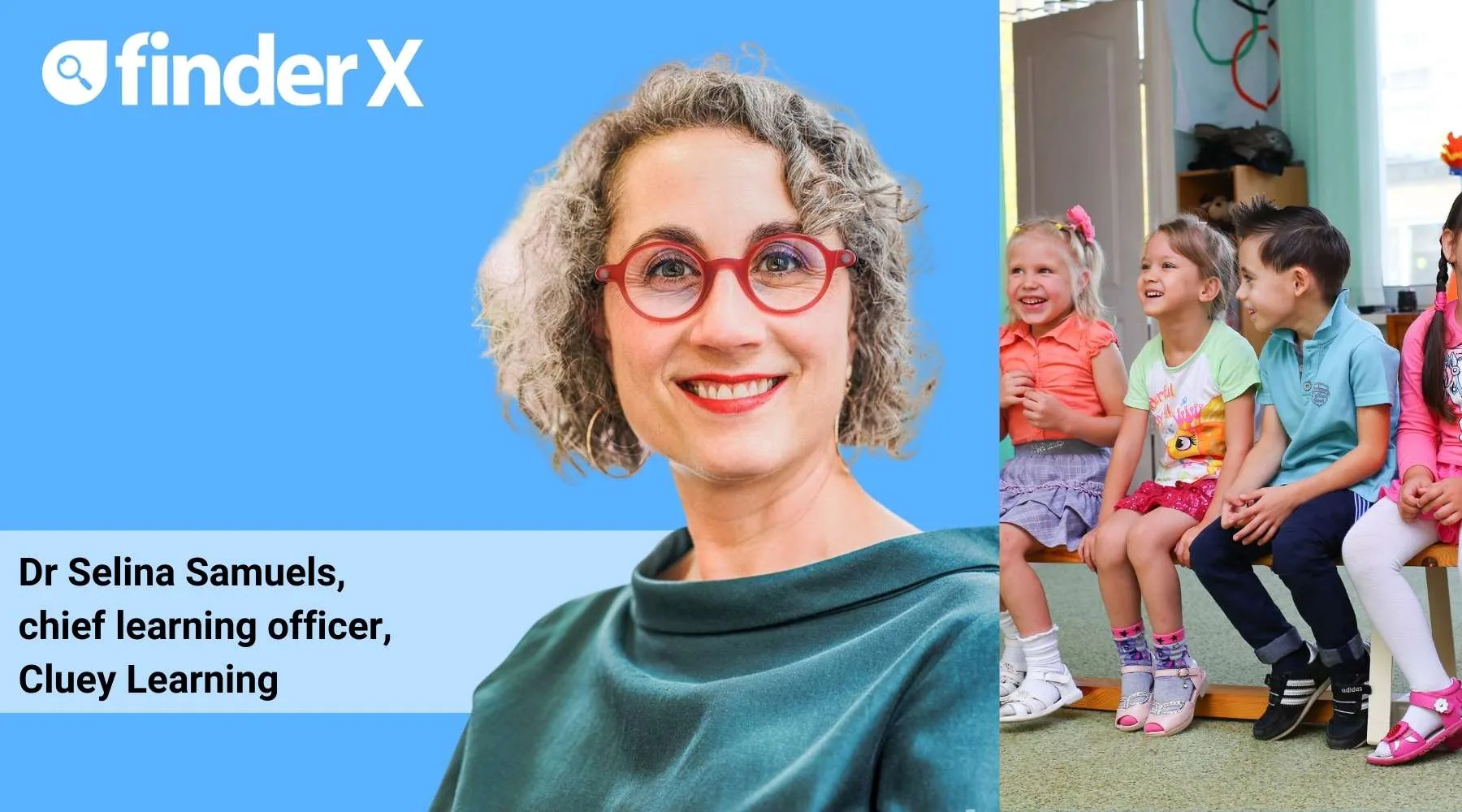Call for staggered school hours and a “hybrid model” of education

As we emerge from years of disrupted schooling due to COVID-19, schooling cannot – and, indeed, should not – return to the pre-COVID model.
New South Wales Premier Dominic Perrottet called for staggered school hours, and the recent Grattan Institute report makes a strong argument for school changes that would give teachers more time for preparation and feedback.
We can see the great benefits to students of the tutoring programs that have been adopted by the Victorian and New South Wales governments in response to COVID disruptions. The 2021 NAPLAN results also indicate that, contrary to expectations, online learning while in lockdown did not adversely impact student achievement.
We should heed the signs and embrace a new, hybrid approach that draws on what we have learned about education to create a more inclusive, flexible and personalised mode of learning.
What is hybrid learning?
Hybrid learning combines the traditional classroom model of learning with opportunities for online, including real-time one-to-one and small group tutoring both within and outside the formal school day.
Using digital technologies to deliver this personalised tutoring not only allows each student to learn in their own unique way, but also provides families with flexibility and classroom teachers with more time to prepare and nurture the social and emotional development of their students.
Hybrid learning is not just a practical necessity to accommodate rolling COVID outbreaks, it is an effective way to embrace the diversity of our students. Just as working from home has brought a great deal more flexibility to how many of us work, COVID has shown us that there is not just one way to learn.
For many students, being able to access their learning from home has been liberating and they are reluctant to return full-time to the classroom. Interestingly, there has been a post-COVID uptick in families electing to home school their children.
For other students, being able to access learning in a variety of ways will provide them with flexibility and, vitally, tailor their learning to their individual needs.
Blended learning, at school and at home
The concept of "blended learning" has been around for some time as a combination of in-person learning with a teacher and online learning in your own time and without a teacher.
The big shift that has taken place in the past few years is the way in which technology is deployed as a connector between students and teachers, with the realisation that the digital environment is, in fact, a very successful environment for direct instruction and personalised support.
I see the combination of school on one hand and online, real-time learning on the other as a truly hybrid model with enough versatility to suit each learner.
The rise in tutoring over the past few years tells us that for many students, learning in the classroom is not enough. Rather than seeing this fact as a criticism of schools and teachers (who, as the Grattan Institute report makes clear, are stretched as far as they can go), we should see this as a sign that education needs to change to fit a different, and arguably more complex, world. Similarly, the integration of digital learning environments provides a rich addition to the education infrastructure for all students.
How hybrid learning impacts regional and rural students
One of the main takeaways from the 2021 NAPLAN results is the continuing achievement gap between metropolitan students and those in rural, regional and remote areas.
The tyranny of distance is real for many children across the country. Using technology through regular small group and one-to-one tutoring to supplement classroom learning is the key to greater equity of learning and would substantially reduce the pressure on schools, who often struggle with teacher shortages.
Indeed, teacher shortages are not unique to country schools. It is a serious issue in New South Wales, with many teachers being required to teach outside their areas of specialisation, and in some cases with students unable to access the courses they wish to study because the school has no teachers in that subject.
A hybrid model of learning, where the student can access support from experts who may not be co-located in some subjects offers greater choice to students and may make a real difference in the take up of STEM subjects, which are notoriously difficult to staff.
Not only would this offer students and schools greater flexibility and choice, it could unlock a new pool of teachers. At Cluey Learning, we often employ tutors who for various reasons would prefer not to work in the classroom and they are delighted to be able to deploy their teaching skills while working from home.
Is this the future of learning?
Rather than replace the classroom, the hybrid learning model enables the best of both worlds.
I can see a time where hybrid learning is the norm. In this model, the in-person environment of the classroom would be valued for the experiential and social development that it offers, with an emphasis on physical skills, social skills such as teamwork and collaboration, and project-based learning.
Personalisation through direct instruction, differentiation and extensive feedback could be better addressed through online one-to-one or small group tutoring. Students would have access to both platforms but would not need to rely solely on either. Teachers may prefer to teach in one mode or the other or, indeed, in both.
Calling for change to the education system is as familiar as listing the challenges that face it. In the past couple of years, the limitations of the classroom model have been highlighted by pandemic-induced school closures, to the frustration of teachers, students and parents.
The solution, online tutoring to complement the classroom, is already being embraced by many families around the world. Not only does this model offer individualisation and versatility for teachers and students, it also offers flexibility to busy parents. We need to recognise that hybrid learning, accelerated but not necessarily created by COVID, is the next stage in our educational evolution.
Dr Selina Samuels is responsible for the overall leadership of Cluey Learning's education team. She has previously held positions as Head of English and Academic Programs, and has worked internationally, integrating technology, developing innovative pedagogies and establishing new schools.
Disclaimer: The views and opinions expressed in this article (which may be subject to change without notice) are solely those of the author and do not necessarily reflect those of Finder and its employees. The information contained in this article is not intended to be and does not constitute financial advice, investment advice, trading advice or any other advice or recommendation of any sort. Neither the author nor Finder has taken into account your personal circumstances. You should seek professional advice before making any further decisions based on this information.
Read more Finder X columns
-
5 things to consider if you’re switching your CFD broker in 2026
22 Dec 2025 |
-
Boxing Day mania: Aussies set to spend $3.1 billion on sales
22 Dec 2025 |
-
Sleighing the budget: Australians plan to splurge $37 billion this festive season
19 Dec 2025 |
-
3 key factors that influence choosing your nbn plan
19 Dec 2025 |
-
4 must-dos when you upgrade your nbn plan
19 Dec 2025 |
Ask a question
